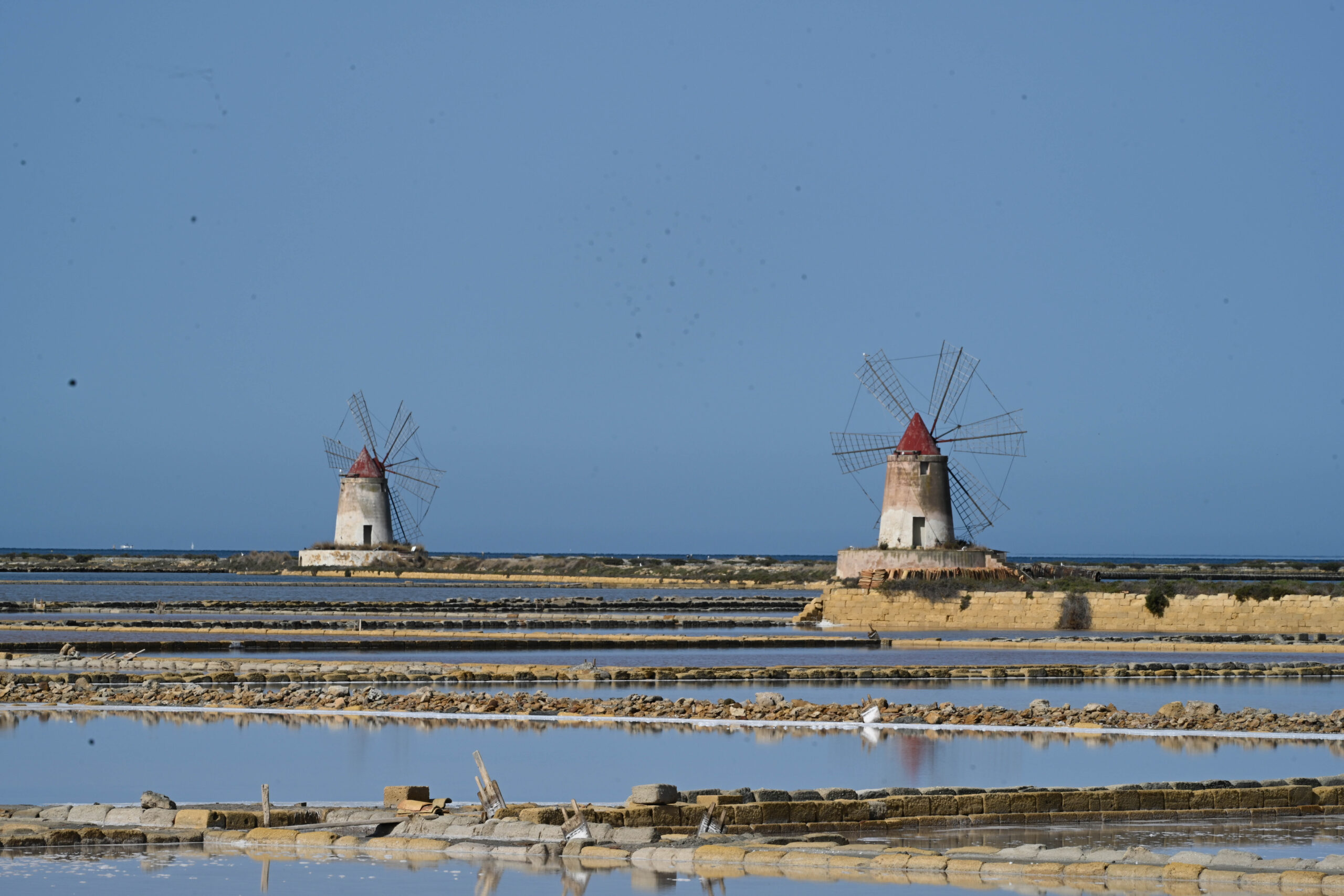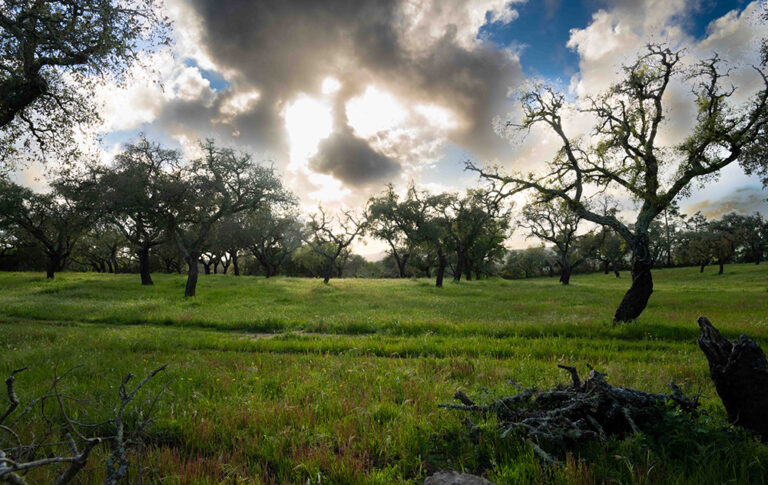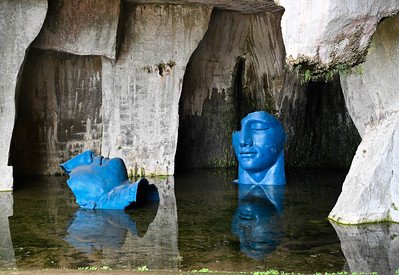Viaggio in Sicilia / 2: 15 giugno 2024 – sabato
Coffee and tea at Alessandro’s Airbnb along with leftovers of prosciutto/primo sale (formaggio) from the night before, then headed down the coast (ca 30 minutes) to the saline at Ettore Infusa and the boat launch to Mozia.
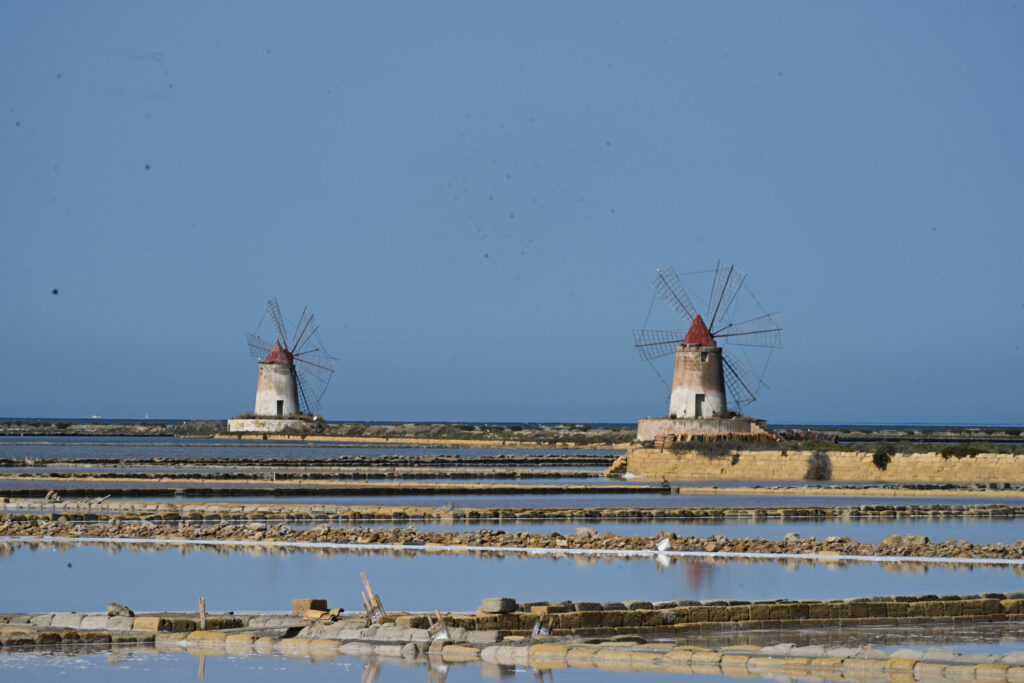
Mozia! The entire experience, from A to Z, was extraordinary, pure and unanticipated joy… all the more joyful owing precisely to the element of surprise. We turned onto something of a frontage road that follows the shoreline along the salt flats, light grey under the diffused early morning light.
Shades of greyish pink, pinkish gray, seemed to outline, organize, subdivide or otherwise frame the brackish seascape that was punctuated by red-topped windmills reflected in the briny water. The channels and lagoon formed a backdrop for what emerged as a fantasy-like, living northern European (Normandy, Low Countries) impressionist painting alla siciliana. Felt truly transported into a mythical artistic realm.
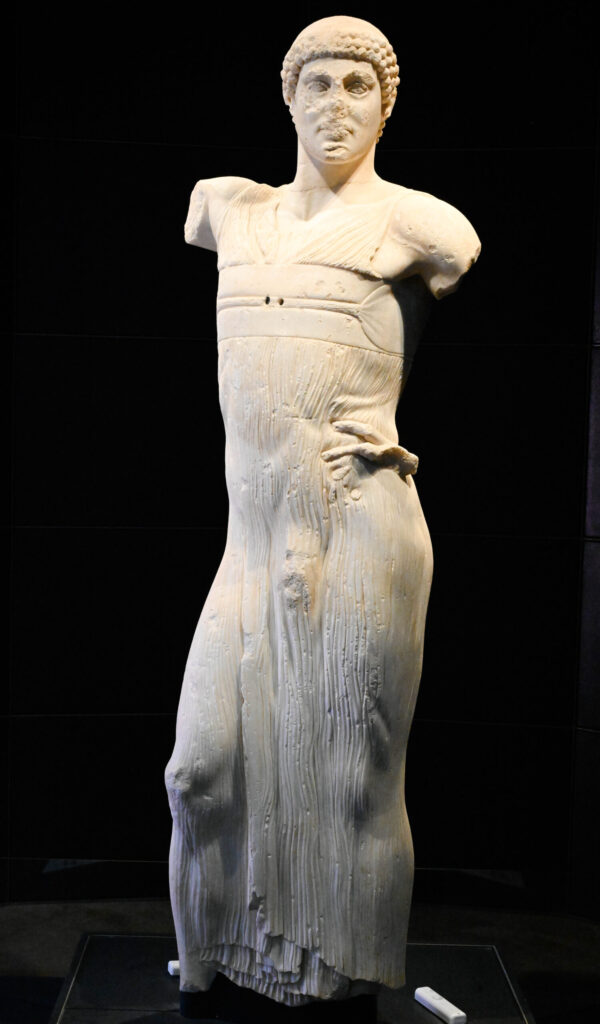
After some negotiations we opted to sign up for the lagoon tour and were fortunate that we did! Our smart and charming captain guide unlocked the unique history of this singularly important Phoenician (Carthaginian) settlement as we slithered slowly across the surface of the water in our small, flat bottom boat, circling the island of Mozia. The presentation was fast and fascinating. Mozia was a prime Phoenician port and settlement that allowed these seafaring merchants and explorers to develop a vast trading empire extending west from their native Tyre (today, in Lebanon) and beyond Carthage on to Spain: Cadiz, the Balearic Islands, the Levante…
Regarding Spain, we were struck by the notable similarities between female clay figurines in the Whittaker Museum at Mozia and the Dama de Elche and Dama de Baza. Specific site on the island that our boat guide explained and pointed out include the Cothon –a large, protected freshwater fountain or harbor (freshwater fountains followed us on this trip, the impetus for Greeks choosing to settle in such locations as Siracusa and Cefalù) and the road leadijg from Mozia’s northern gate to the mainland. The road is now submerged owing to rising sea levels but we were able to see it through the crystalline emerald green waters from the boat and later on during our hike around the island. Our boatman dropped us off at the island’s pier and we made a beeline to the Whittaker Museum. A unique experience not only for the extraordinary statue of Mozia’s “giovane” –the museum’s chef d’oeuvre– but for the collection of figures and fragments from the excavations on the island. The remarkable expertise of the ancient artisans, the illusion of a fine cloth draped over the young man’s body sculpted into the marble, the natural and sensuous curvature of the body, the head held erect and proud gaze, the hand sitting nonchalantly on the hip in an expression of self-confident dominion: this piece above all but also the entire collection that surrounds it constitute an exceptional tribute to how advanced this civilization must have been back in the 7th to 5th centuries B.C.E.
The hike around the island was placid and full of surprises –mosaics, terracotta artifacts just waiting to be recovered, ruins of various types in a setting of bucolic neglect … exceptional.
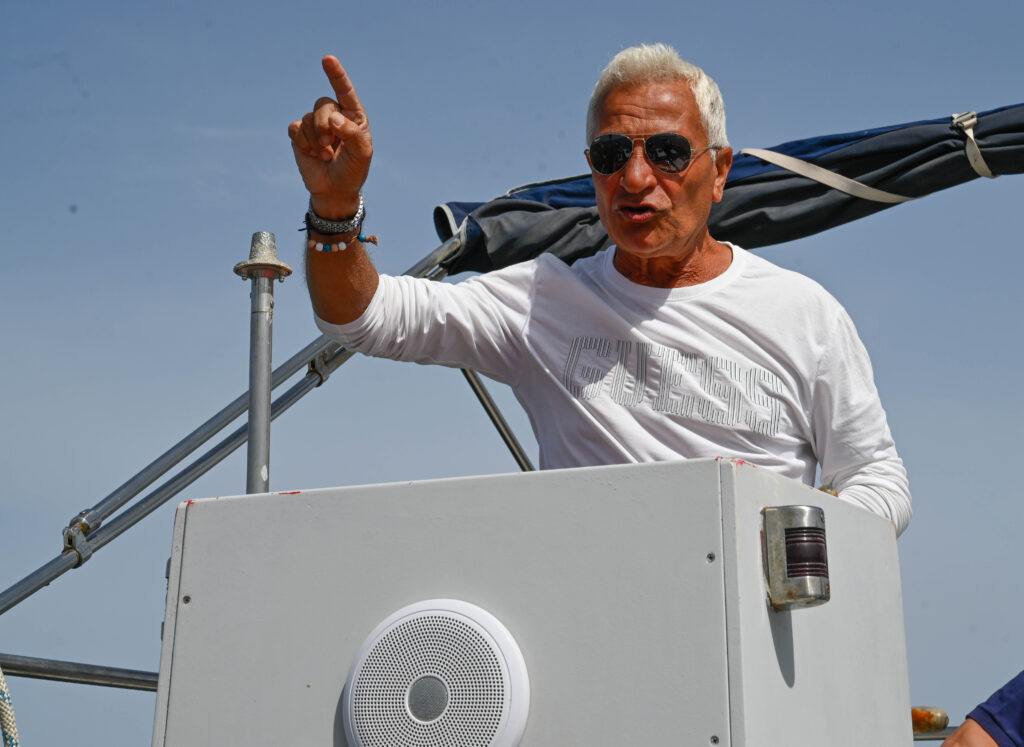
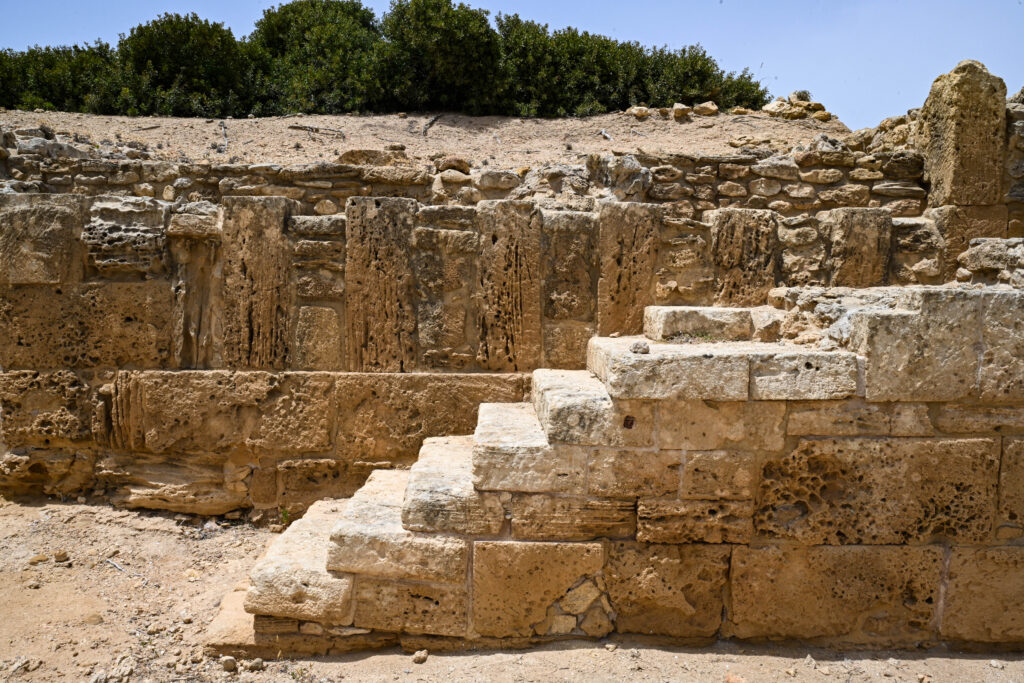
We returned to Trapani mid-afternoon and proceeded with our walking tour of this charmingly unassuming Sicilian city: the cathedral, with its many holy week floats; an art-deco bookstore, where we bought books on Sicily for the grandkids; baroque palaces and church façades; an aperitivo on a narrow lungomare overlooking the sea and a walk along the city’s medieval ramparts… then dinner at the Antichi Sapori just a block from our Airbnb: busiate with fish sauces, yummy! And a bottle of a delicious local Catarrato wine.
Photo album available on Flickr at: https://flic.kr/s/aHBqjChynS
